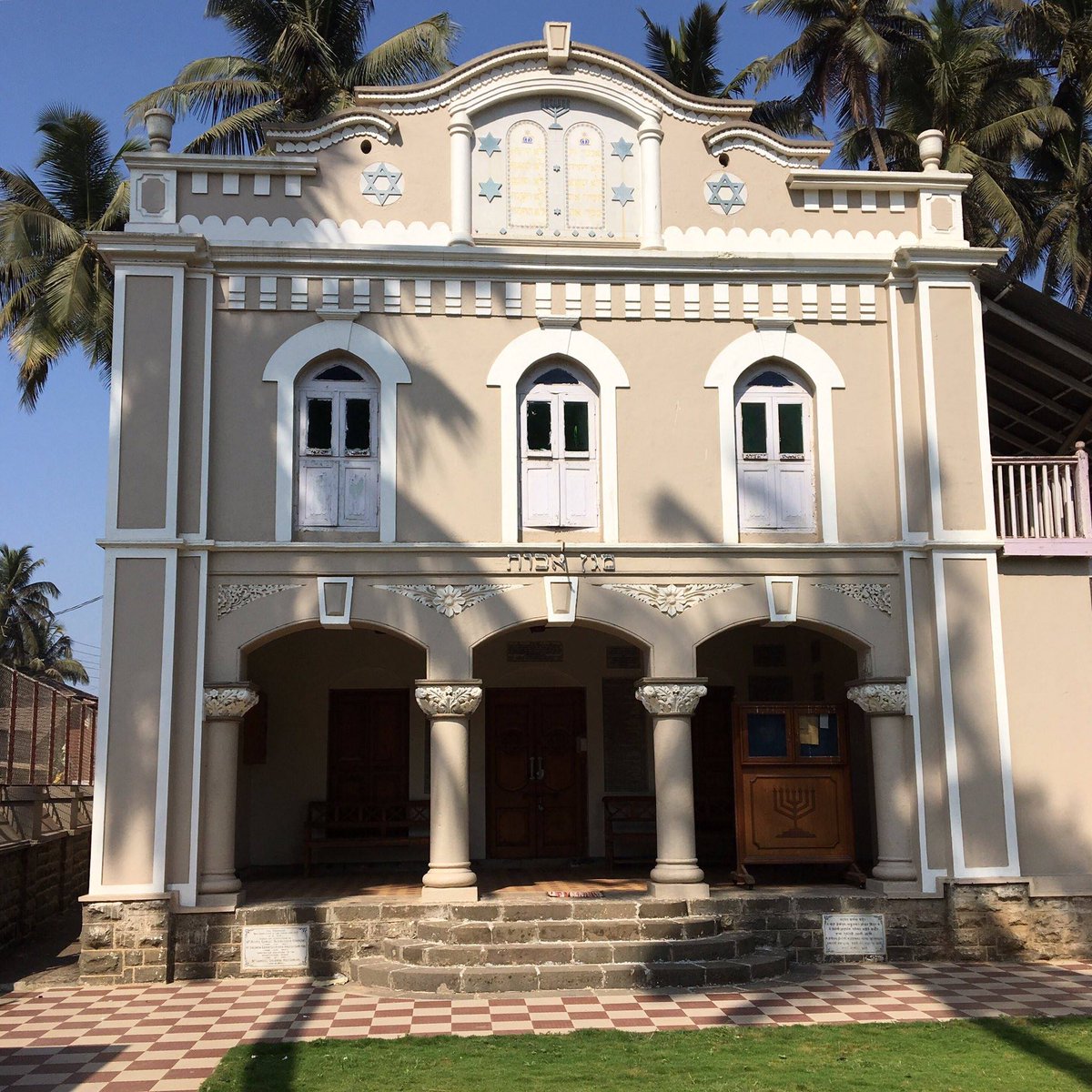
Associate professor of art history @amherstcollege | South Asia & the larger Islamic world | she/her | no longer here so find me in the blue sky
How to get URL link on X (Twitter) App


https://twitter.com/ExploreWellcome/status/1616038134247981056Erotic imagery has a long history in South Asia. But paintings like this one were also made to cater to Western expectations of what South Asian art should look like.





https://twitter.com/yet_so_far/status/1309475976376725504In other words, the study is not only projecting presentist bias towards WHITE displays of "trustworthiness" (wtf that means) onto the past, it's doing so under the cover that these biases are natural & universal, a conclusion that studies the paper cites don't even support...

 It hadn't dawned on me till now that I work on cognitive fossils with low computed trustworthiness
It hadn't dawned on me till now that I work on cognitive fossils with low computed trustworthiness 


 Firstly, on the legal/ethical issues re the sale/export/import of mss., int'l agreements and nat'l laws re protection of mss., & why transparency re the provenance of mss. matters as much as that of excavated materials see the brilliant @stephenniem here:
Firstly, on the legal/ethical issues re the sale/export/import of mss., int'l agreements and nat'l laws re protection of mss., & why transparency re the provenance of mss. matters as much as that of excavated materials see the brilliant @stephenniem here: https://twitter.com/stephenniem/status/1277052227644010497?s=20

https://twitter.com/Yael_Rice/status/1218909404579422210...points to a very real & important issue that all curators must contend with, which is the way that museums transform artifacts’ functions from used/lived into aestheticized objects. My pat commentary, then, was really intended to point to the fact that museum objects 2/x


 Based on his linguistic analysis of the language, Tregear proposed that the Maori were part of the wave of Indo-European migrations from the geographic area north of the Caspian Sea that occurred between 4000-1500 BC.
Based on his linguistic analysis of the language, Tregear proposed that the Maori were part of the wave of Indo-European migrations from the geographic area north of the Caspian Sea that occurred between 4000-1500 BC.




 @wynkenhimself FYI, here's a link to the 'making a quarto' exercise: sarahwerner.net/FolgerBooks/wp…
@wynkenhimself FYI, here's a link to the 'making a quarto' exercise: sarahwerner.net/FolgerBooks/wp…

 Another spoiler: The autograph copy of the Kitab al-Manazir isn't known to be extant. The oldest known ms., copied by Ibn al-Haytham's son-in-law, is dated 476 H. (1083-4 AD) and resides in the Süleymaniye Library, Istanbul.
Another spoiler: The autograph copy of the Kitab al-Manazir isn't known to be extant. The oldest known ms., copied by Ibn al-Haytham's son-in-law, is dated 476 H. (1083-4 AD) and resides in the Süleymaniye Library, Istanbul.

 Conspicuously missing are early modern Europe (our specialist is on leave) and medieval Europe & early modern-1900 Americas, the result of recent retirements that have yet to be replaced.
Conspicuously missing are early modern Europe (our specialist is on leave) and medieval Europe & early modern-1900 Americas, the result of recent retirements that have yet to be replaced.

 As she explains in her 2015 "The Scrutinizing Gaze," Belting's whole argument hinges on the idea that pre-modern Islamic visual culture was basically just script and geometry. He draws from her important work on architectural scrolls to develop his thesis, however...
As she explains in her 2015 "The Scrutinizing Gaze," Belting's whole argument hinges on the idea that pre-modern Islamic visual culture was basically just script and geometry. He draws from her important work on architectural scrolls to develop his thesis, however...


 There are a number of important monuments in Burhanpur, such as a Faruqui jami' mosque, founded 1588, bearing a bilingual (Arabic & Sanskrit) inscription in the northernmost niche along its qibla wall. The Mughals added a Persian epigraph to mark their 1601 conquest of the city
There are a number of important monuments in Burhanpur, such as a Faruqui jami' mosque, founded 1588, bearing a bilingual (Arabic & Sanskrit) inscription in the northernmost niche along its qibla wall. The Mughals added a Persian epigraph to mark their 1601 conquest of the city 




 Truth be told there are some pretty cool things in the catalogue that I'd be very happy to own...
Truth be told there are some pretty cool things in the catalogue that I'd be very happy to own...